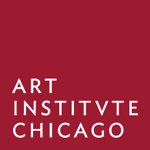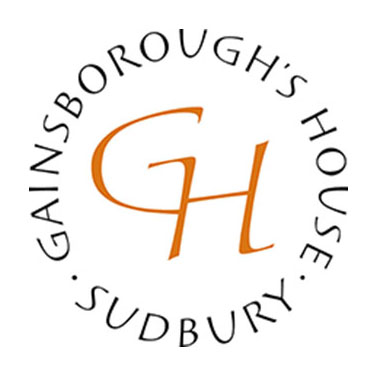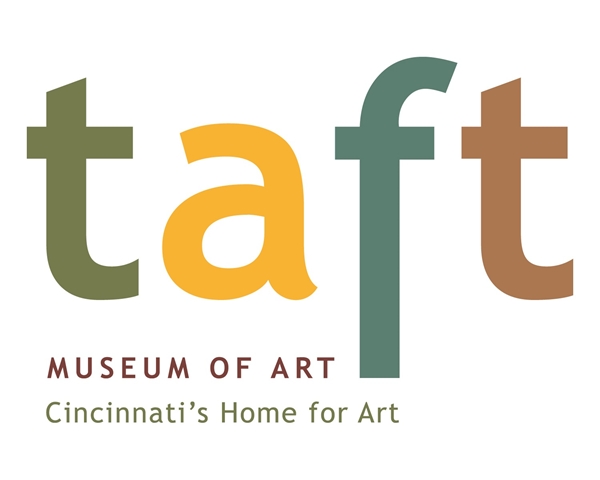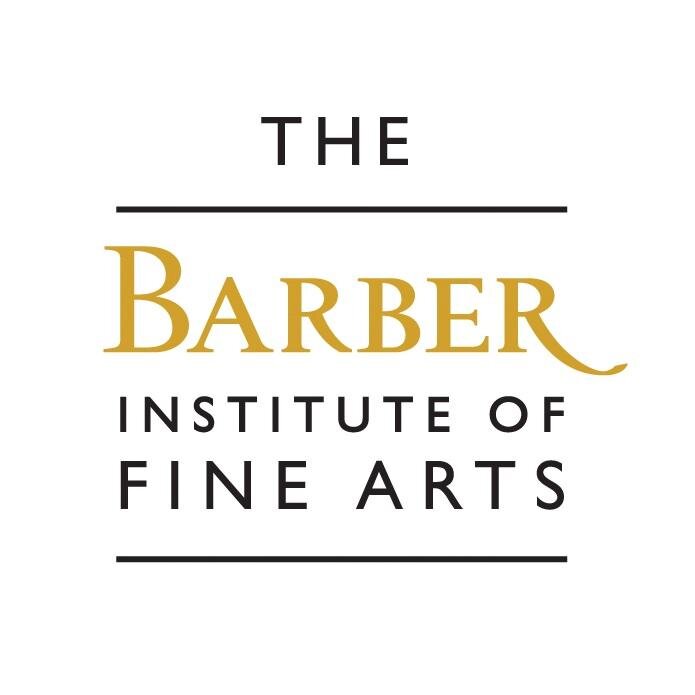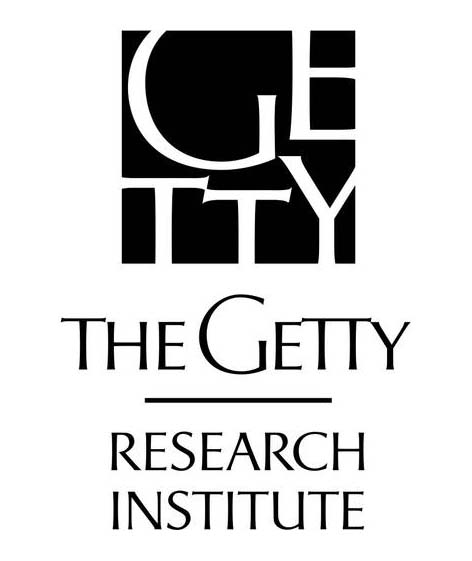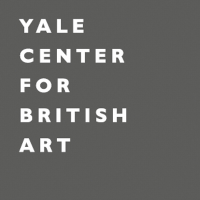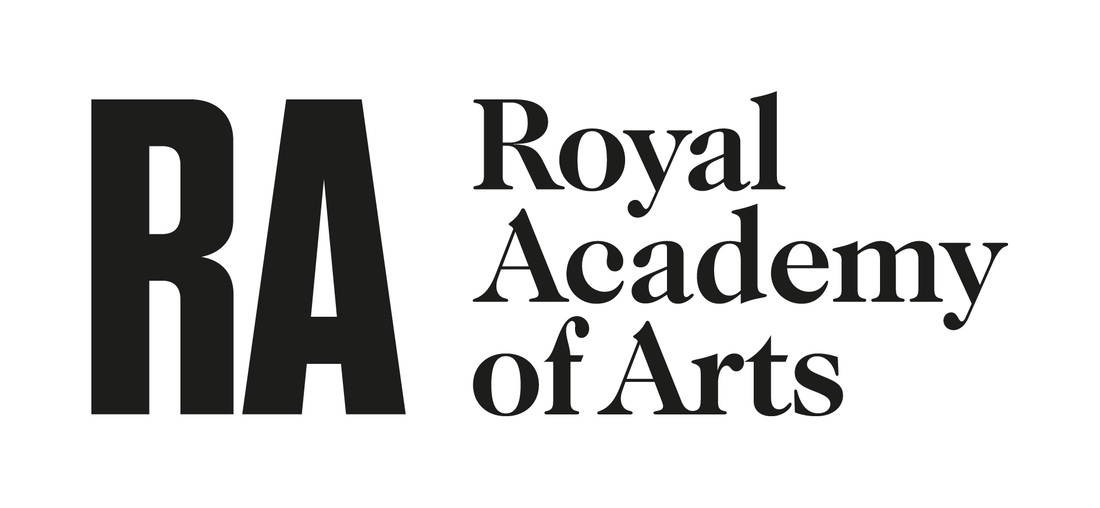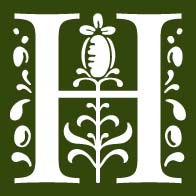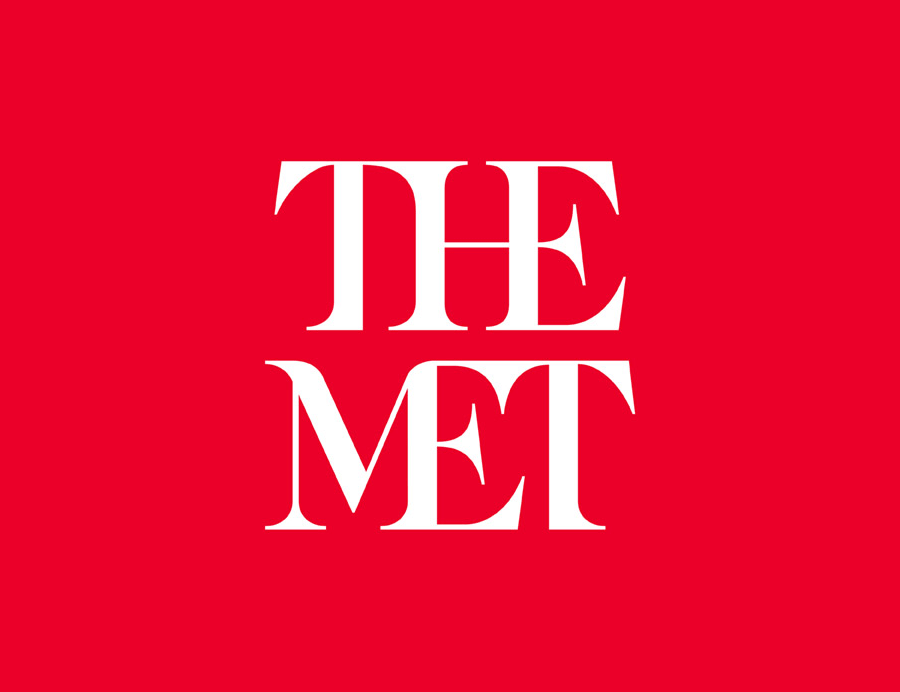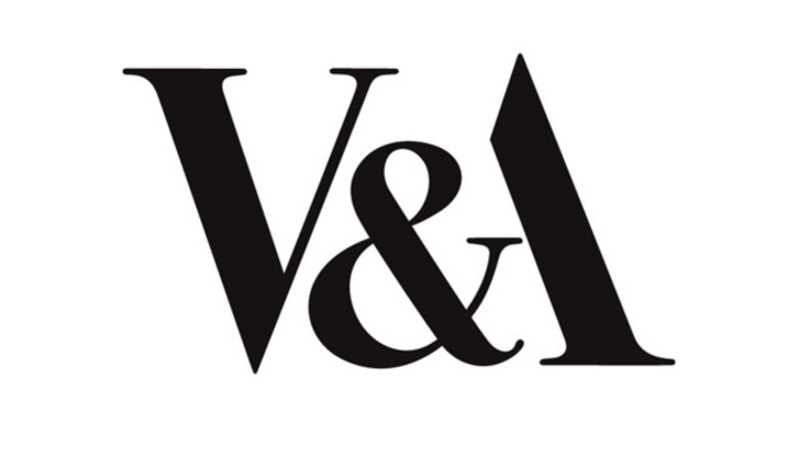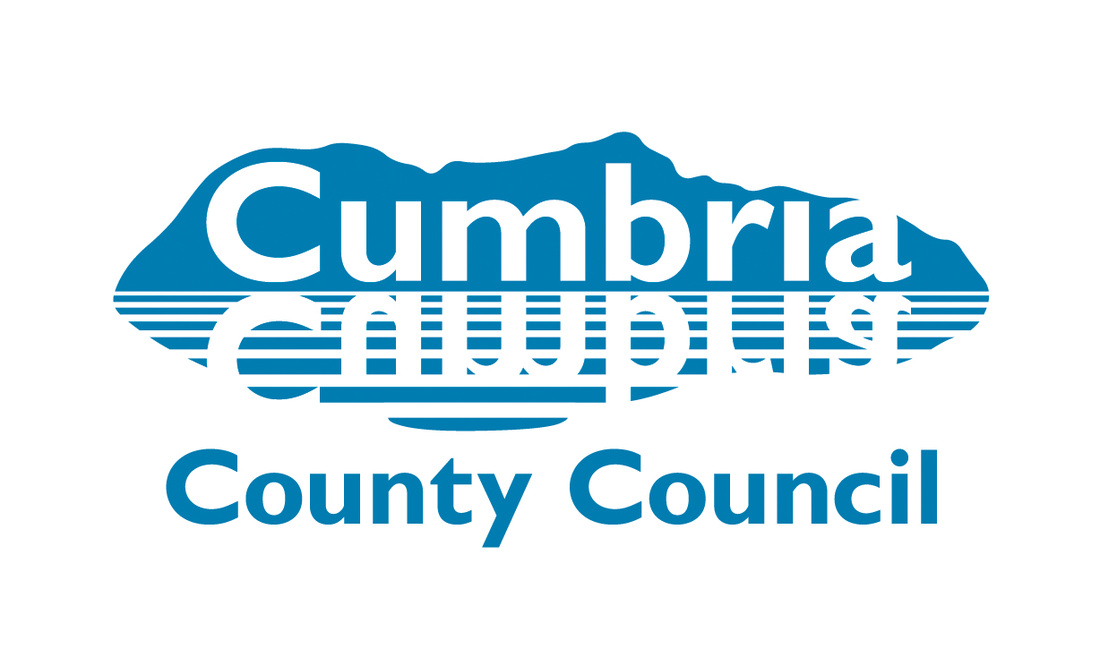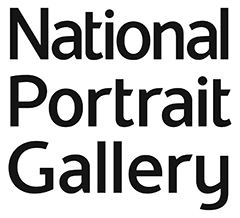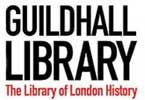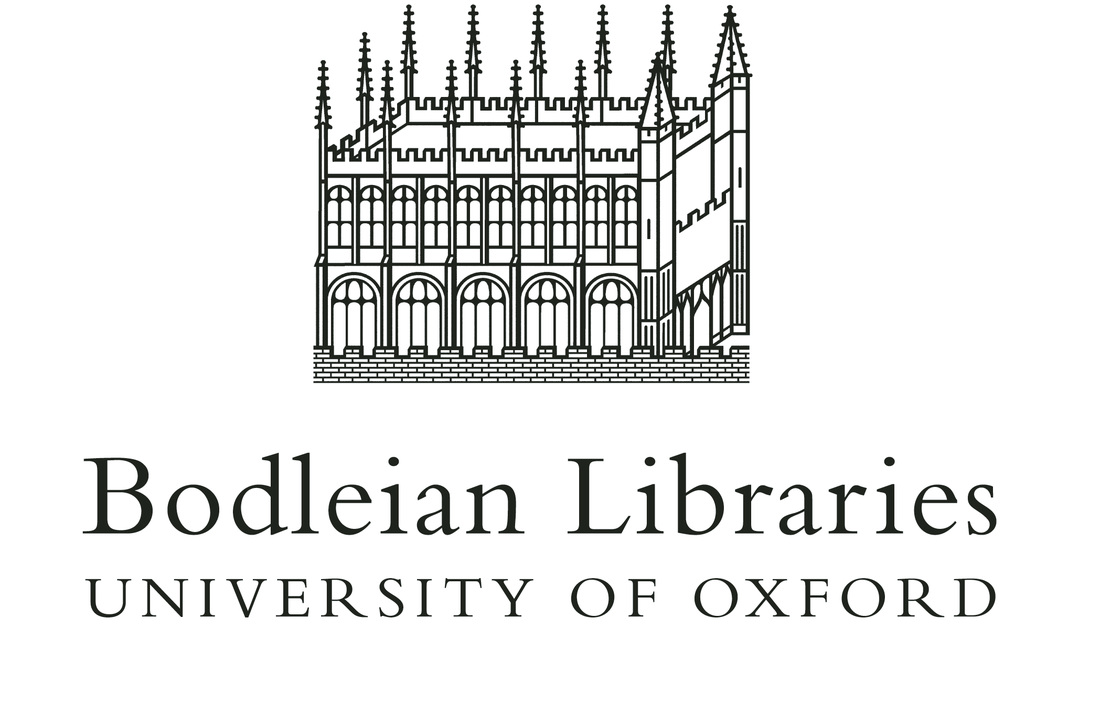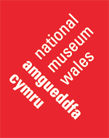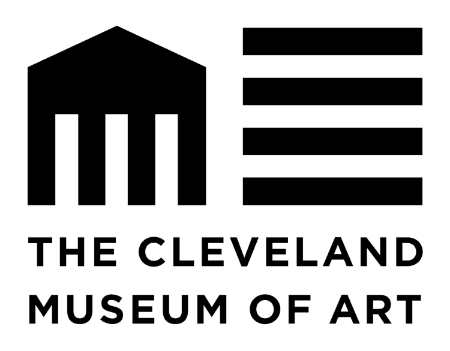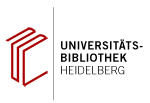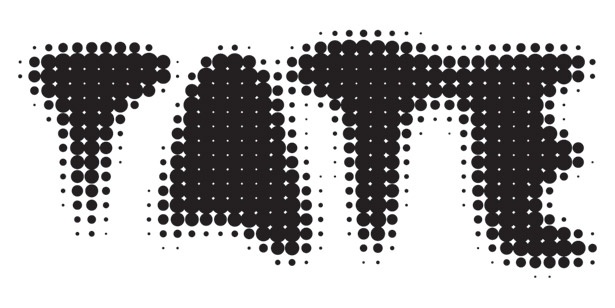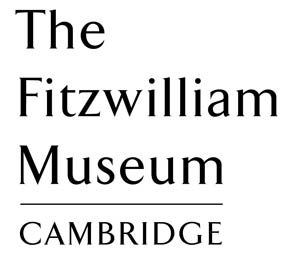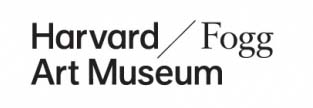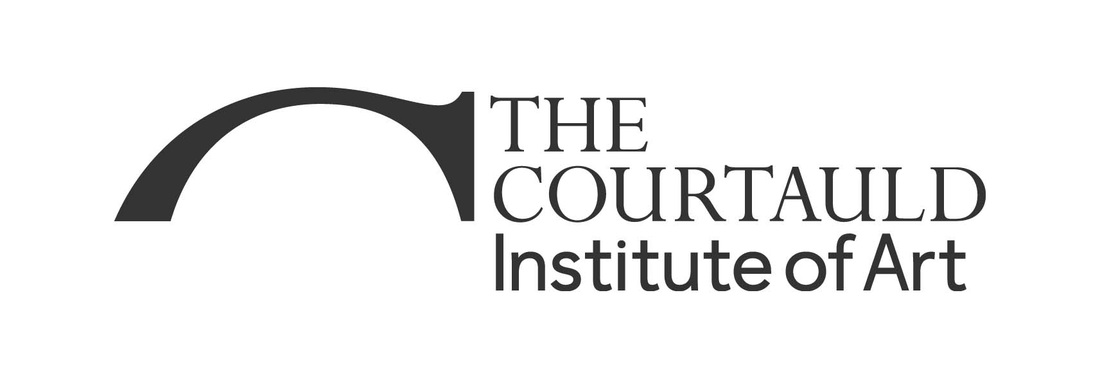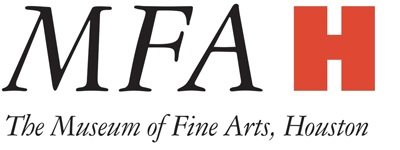Dates and further details of the Romney Society Lectures for October 2014 to April 2015
3rd October: Professor Robin Simon :”The landscape art of Richard Wilson (1714-1782) – location, location, location”. A major tercentenary exhibition of Wilson’s work is on until October 26th in Cardiff, at the National Museum of Wales , having moved there from Yale. Robin Simon was co-curator and catalogue author with Martin Postle of the Tate. The exhibition title: “Richard Wilson and the Transformation of European Landscape” gives an idea of the significance of the work of this Welsh painter. He began as a portraitist, but several years in Italy, turned him on his return home toward a new kind of landscape painting which parallels interestingly the new feeling for Nature in contemporary English poetry. And it was Sir George Beaumont, well known to those of us who haunt the Wordsworth Trust, who was an early patron of Wilson. Robin Simon is not only an art historian but honorary professor of English at UCL.
7th November: Dr Emma Bulley : “The paintings of William Blake (1757-1827)”
Blake is probably best known for his poetry but he was also a prolific painter. A contemporary of Romney, he too was inspired by Michelangelo as well as the Neo-classical, and yet had links with the Romantic movement. Blake’s own contemporaries dubbed him a lunatic for his remarkable imagination. The visionary quality of his work was rarely appreciated until his rediscovery by 20th century poets and painters. Emma has lectured for many years in art history, holding a doctorate in the subject , and is also a painter herself. She gives this lecture in memory of her godmother, Isobel Fraser, a member of this Society, who sadly died earlier this year.
5th December: Ian Johnson : ” James Gillray(1756-1815) and the Art of Derision”.
Gillray was a caricaturist of unparalleled popularity and international repute during and after his lifetime. Active during the tempestuous age of revolution, he himself revolutionised the art of personal caricature, skewering the recognisable elite and everyday with his acerbic and sometimes controversial craft and wit . Ian Johnson is the Archivist of Newcastle University Library and this lecture, given to the Friends of the Library, was an outstanding success there.
16th January : Emeritus Professor David Bindman : “The life and work of John Flaxman (1755-1826)”. Flaxman, the greatest English neoclassical sculptor, had been encouraged as a child-artist by Romney and remained devoted to him. Financed on his Italian journey by Wedgwood, for whom he had worked, the book illustrations which he did in Italy in the 1790s for authors such as Homer and Dante made him renowned throughout Europe. But above all he was a sculptor. Professor Bindman is THE expert on Flaxman and his friend Blake. His chair in art history was at University College, London, and he is the author also of books on Hogarth and Roubiliac.
6th February : Richard Webb : “Anne Damer ( 1749-1828), the first recognised woman sculptor”
Anne Damer moved in the circle of Horace Walpole to whom she was related. He bequeathed Strawberry Hill to her. Eighteenth century career-women were fated, it seems, to become the victims of gossip, and stories about her are lively. Richard Webb took a history degree at Oxford but subsequently went into business Now retired, his 2013 biography of the sculptress is recommended as enormously entertaining.. Those of us who went to Knowsley, where we saw “Mrs D” ‘s sculpture of a dog, heard the recent biography enthusiastically praised by our learned guide.
6th March : Dr Pieter van der Merwe: ‘ A view to seaward: maritime art in the age of Romney’ Dr van der Merwe is curator at the 4 National Museums at Greenwich.
17th April : AGM, … followed by a short talk by John Entwistle on the origins of the Royal Academy in 1768. The AGM will start at 1130 and John Entwistle’s talk will follow this.
1st May: Leslie Primo : “The Cult of Celebrity: Omai, the Exotic and Joshua Reynolds” Leslie’s lecture to us 2 years ago on Angelica Kauffman was so generally appreciated that he has been asked to return with his talk on Omai. This Pacific islander came to London in 1774 with Cook, became a celebrity, and was portrayed by Reynolds. Leslie is a very experienced and lively speaker. He has an MA from Birkbeck , has given Art History courses at Reading University and, among much other work, has been a National Gallery lecturer for the past 14 years.
7th November: Dr Emma Bulley : “The paintings of William Blake (1757-1827)”
Blake is probably best known for his poetry but he was also a prolific painter. A contemporary of Romney, he too was inspired by Michelangelo as well as the Neo-classical, and yet had links with the Romantic movement. Blake’s own contemporaries dubbed him a lunatic for his remarkable imagination. The visionary quality of his work was rarely appreciated until his rediscovery by 20th century poets and painters. Emma has lectured for many years in art history, holding a doctorate in the subject , and is also a painter herself. She gives this lecture in memory of her godmother, Isobel Fraser, a member of this Society, who sadly died earlier this year.
5th December: Ian Johnson : ” James Gillray(1756-1815) and the Art of Derision”.
Gillray was a caricaturist of unparalleled popularity and international repute during and after his lifetime. Active during the tempestuous age of revolution, he himself revolutionised the art of personal caricature, skewering the recognisable elite and everyday with his acerbic and sometimes controversial craft and wit . Ian Johnson is the Archivist of Newcastle University Library and this lecture, given to the Friends of the Library, was an outstanding success there.
16th January : Emeritus Professor David Bindman : “The life and work of John Flaxman (1755-1826)”. Flaxman, the greatest English neoclassical sculptor, had been encouraged as a child-artist by Romney and remained devoted to him. Financed on his Italian journey by Wedgwood, for whom he had worked, the book illustrations which he did in Italy in the 1790s for authors such as Homer and Dante made him renowned throughout Europe. But above all he was a sculptor. Professor Bindman is THE expert on Flaxman and his friend Blake. His chair in art history was at University College, London, and he is the author also of books on Hogarth and Roubiliac.
6th February : Richard Webb : “Anne Damer ( 1749-1828), the first recognised woman sculptor”
Anne Damer moved in the circle of Horace Walpole to whom she was related. He bequeathed Strawberry Hill to her. Eighteenth century career-women were fated, it seems, to become the victims of gossip, and stories about her are lively. Richard Webb took a history degree at Oxford but subsequently went into business Now retired, his 2013 biography of the sculptress is recommended as enormously entertaining.. Those of us who went to Knowsley, where we saw “Mrs D” ‘s sculpture of a dog, heard the recent biography enthusiastically praised by our learned guide.
6th March : Dr Pieter van der Merwe: ‘ A view to seaward: maritime art in the age of Romney’ Dr van der Merwe is curator at the 4 National Museums at Greenwich.
17th April : AGM, … followed by a short talk by John Entwistle on the origins of the Royal Academy in 1768. The AGM will start at 1130 and John Entwistle’s talk will follow this.
1st May: Leslie Primo : “The Cult of Celebrity: Omai, the Exotic and Joshua Reynolds” Leslie’s lecture to us 2 years ago on Angelica Kauffman was so generally appreciated that he has been asked to return with his talk on Omai. This Pacific islander came to London in 1774 with Cook, became a celebrity, and was portrayed by Reynolds. Leslie is a very experienced and lively speaker. He has an MA from Birkbeck , has given Art History courses at Reading University and, among much other work, has been a National Gallery lecturer for the past 14 years.
 RSS Feed
RSS Feed
